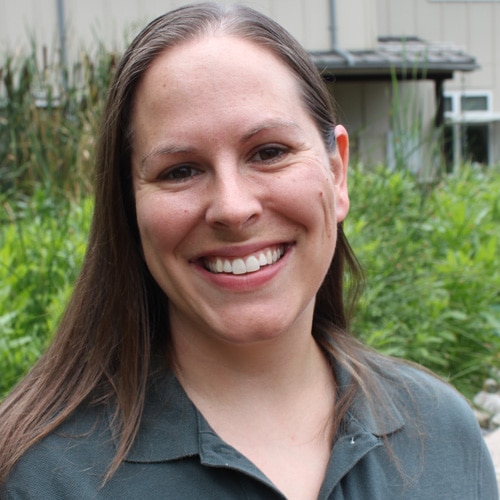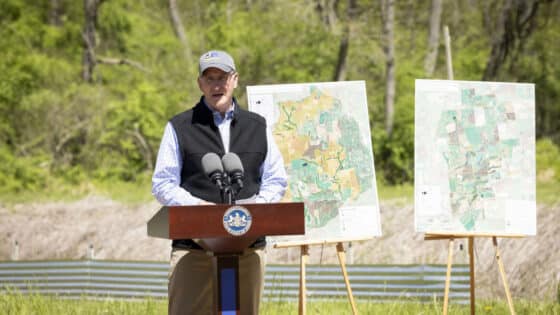Microbial life such as bacteria, fungi, and algae are integral to a naturally functioning aquatic ecosystem. By applying comprehensive molecular approaches, this laboratory is focused on characterizing the composition and distribution of microbial communities, and determining the functional roles as well as their interactions with environments.
Staff
News
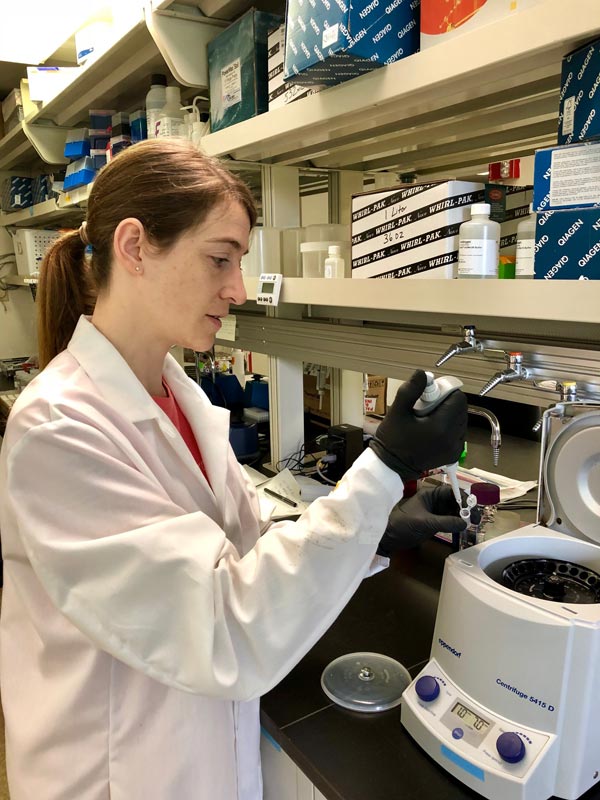
Meet Raven Bier: New Postdoctoral Associate
Through her work at the Stroud Center, Bier hopes to better understand how changes in farming practices on land affect the relationship between microbes and the processing of nutrients in
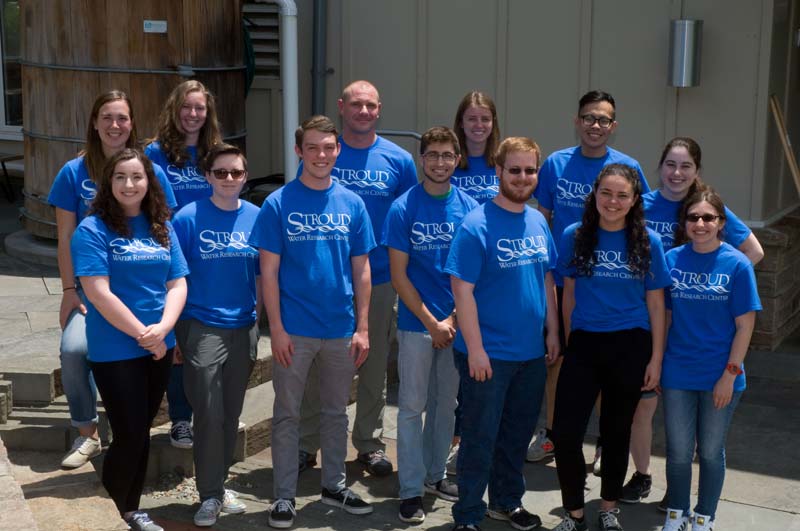
Meet Our 2018 Summer Interns!
The internship experience allows undergraduates to see if they have the passion and fortitude necessary to meet the challenges of a research career.

Storm events restructured bacterial community and their biogeochemical potentials
Kan, J. 2018. Journal of Geophysical Research: Biogeosciences 123(7):2257–2269.

Diversity and distribution of anammox bacteria in water column and sediments of the Eastern Indian Ocean
Gang Q., J. Wanga, J. Kan, X. Zhanga, Z. Xiaa, X. Zhanga, Y. Miaoa, and J. Sun. 2018. International Biodeterioration & Biodegradation 133:52–62.
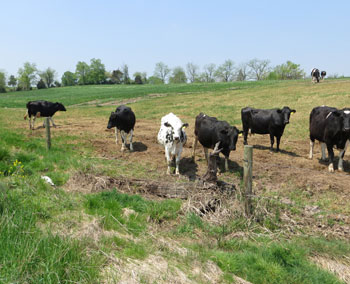
“We’ve All Got to Be Good Neighbors”
Barclay Hoopes’ family has been farming in Landenberg, Pennsylvania, since 1854. He knows how he treats his land affects thousands of people downstream — it sits at the headwaters of White

Particulate organic matter (POM) composition in stream runoff following large storms: role of POM sources, particle size, and event characteristics
Johnson, E.R., S. Inamdar, J. Kan, and R. Vargas. 2018. Journal of Geophysical Research 123(2):660–675.
Publications
Pan, W., J. Kan, S. Inamdar, C. Chen, and D. Sparks. 2016. Soil Biology and Biochemistry 103:232–240.
A snapshot on spatial and vertical distribution of bacterial communities in the Eastern Indian Ocean
Wang, J., L. Borecki, X. Zhang, D. Wang, J. Kan, and J. Sun. 2016. Acta Oceanologica Sinica 35:85–93.
Kan, J., S. Clingenpeel, C.L. Dow, T.R. McDermott, R.E. Macur, W.P. Inskeep, and K.H. Nealson. 2016. Frontiers in Microbiology 7(210):1–13.
Inskeep, W.P., Z.J. Jay, R.E. Macur, S. Clingenpeel, A. Tenney, D. Lovalvo, J.P. Beam, M.A. Kozubal, W.C. Shanks, L.A. Morgan, J. Kan, Y. Gorby, S. Yooseph, and K. Nealson. 2015. Frontiers in Microbiology 6:1044.
Zhang, X., J. Kan, J. Wang, H. Gu, J. Hu, Y. Zhao, and J. Sun. 2015. Ecotoxicology 24:1430–1441.


